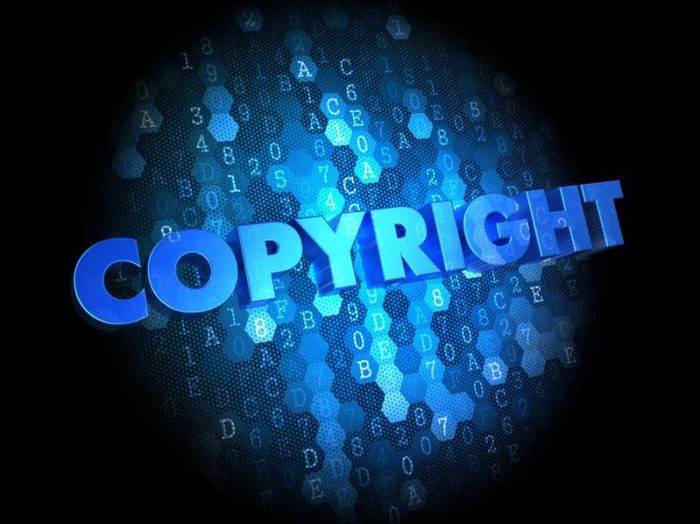The copyright law is created to legally protect the intellectual property rights of the original owners and creators of literary, music, artistic, dramatic, and architectural works. The Copyright Act of 1976 covers the basic framework for the copyright law.
Original authors and creators of intellectual work have the right to prevent others from copying their work and claiming it as their own. Federal copyrights automatically begin as soon as the protected idea is translated into a tangible form. As soon as the work is written, recorded, filmed, or expressed in some physical medium, the original authors are automatically given all copyrights for the works.
Registration of Copyrights
Registering your work will grant its owner significant legal advantages. Anybody who copies the work or claims it as their own can be sued for infringement. Original owners can claim statutory or actual damages between an award of $10 to $150,000 or more.
Economic Rights
Allows the owners to gain financial reward from their works by granting certain uses in reproduction in different forms like printed publication, recording or filming.
Literary works can be translated to other languages and be adapted from novel to film. Musical works can be recorded in CDs or DVDs and be broadcasted by radio or cable TV.
Moral Rights
Moral rights protect an author and creator’s “honor or reputation”. Additionally, moral rights are strictly not transferable to another individual or to any corporate entity. Moral rights remain with the original author of a work, regardless if the rest of that creator’s copyright is transferred.
In the United States federal copyright law, moral rights are only given to the works of visual arts. The Visual Artists Rights Act (VARA), 17 U.S. Code § 106A. Books and pamphlets are not protected literary works because they are not considered visual works of art.
Waiver of Moral Rights
A special waiver in which the original author of a certain copyrighted work, literary, musical, dramatic or artistic is waiving their right to be identified as the owner. This waiver includes removing their rights to question and object any derogatory treatment of the work.
Works Protected by Copyright Law
Copyright law protection covers only physical expressions and not the ideas, procedures, methods of operation or mathematical concepts. The following are lists of intellectual works covered by copyright.
· literary works including poems, novels, reference works, plays, and newspaper articles.
· choreography, films, musical compositions
· the artistic expression works like paintings, photographs, drawings, and sculpture.
· computer programs, databases.
· architecture works
· advertisements, maps, and technical drawings.
Works Not Covered by Copyright Law
1. Facts
Facts are not protected by copyright law. Facts like actual sports/game scores, dates of birth, telephone numbers, and other statistical data published for public consumption are non-copyrightable facts and can be used by anyone in their works.
2. Works of the United States Government
Official works of the United States Government such as federal decisions, federal statuses, and press releases. It also includes speeches and government reports given by government officials during their employment period. These works are not covered by copyright law.
3. Theories, Concepts, Ideas
Intangible ideas, principles, and concepts are not protected by copyright law. They will only be protected as soon as they are expressed in a tangible form. Tangible form can be a video, book, blog, or podcast. Theories should be expressed of them to be copyrightable.
What is the Public Domain?
The public domain contains all the works that are not protected by copyright law. These include the works published in the United States before 1924 and other legal works by the United States government. All these works in the public domain are free for public use.
The Difference Between Copyright and Trademark
While all original authorship and creation expressed in tangible forms are protected by copyright law, trademark protection covers symbols, designs, phrases, company names, company products and brand identity and logos.




 by Prozco®
by Prozco®